Overleaf 模板库LaTeX 模板和示例 — Recent
探索 LaTeX 模板和示例,以帮助完成从撰写期刊文章到使用特定 LaTeX 包的所有工作。
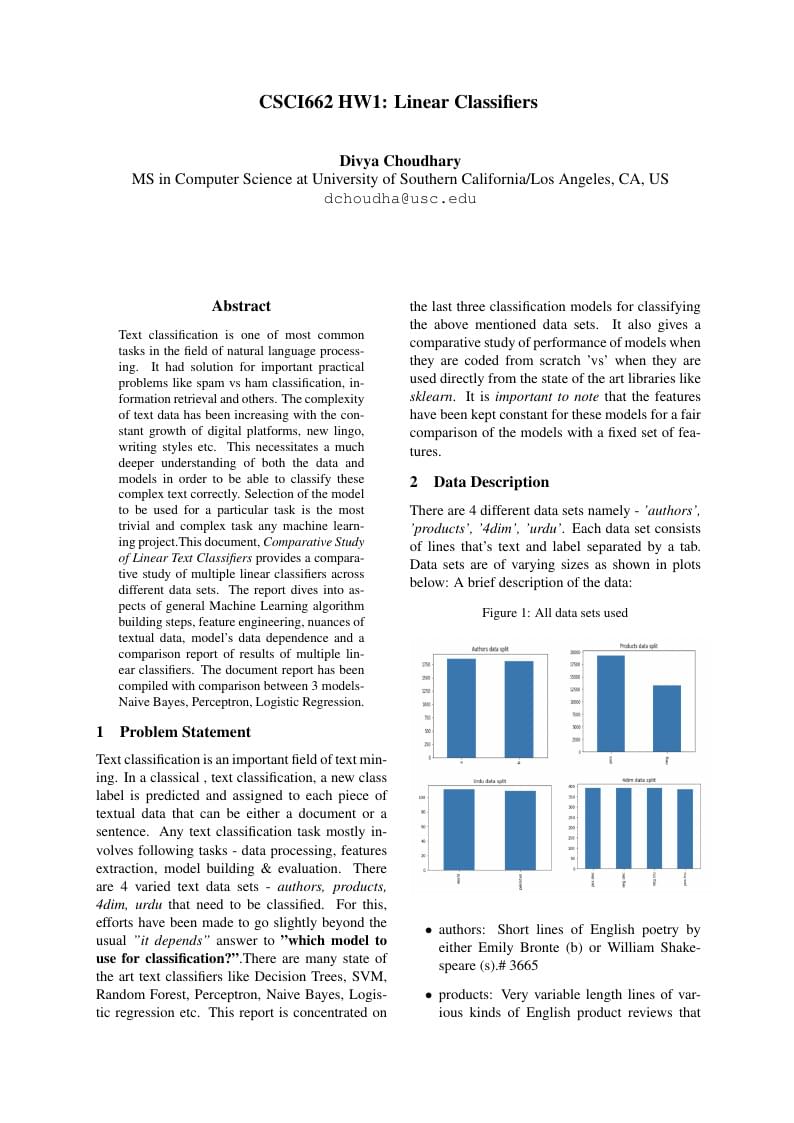
Comparative study of linear classifiers in the context of text classification
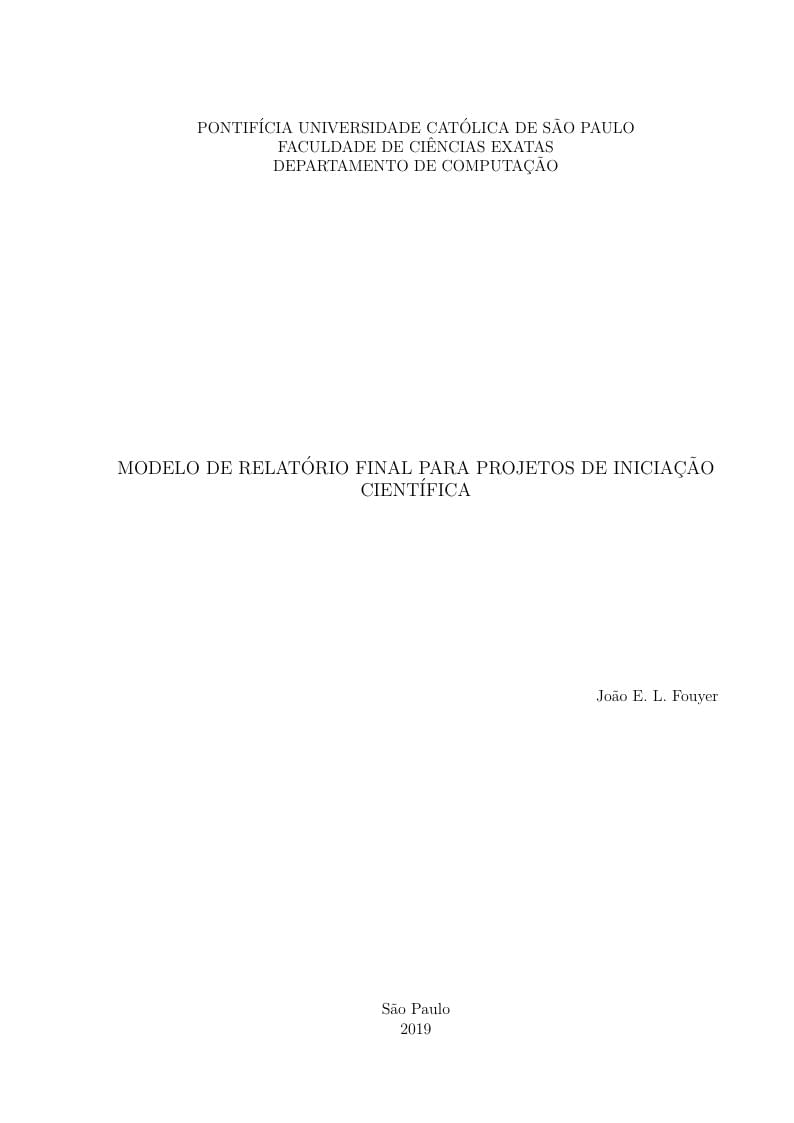
Modelo de relatório final para pesquisas de iniciação científica seguindo as orientações da PUC-SP.
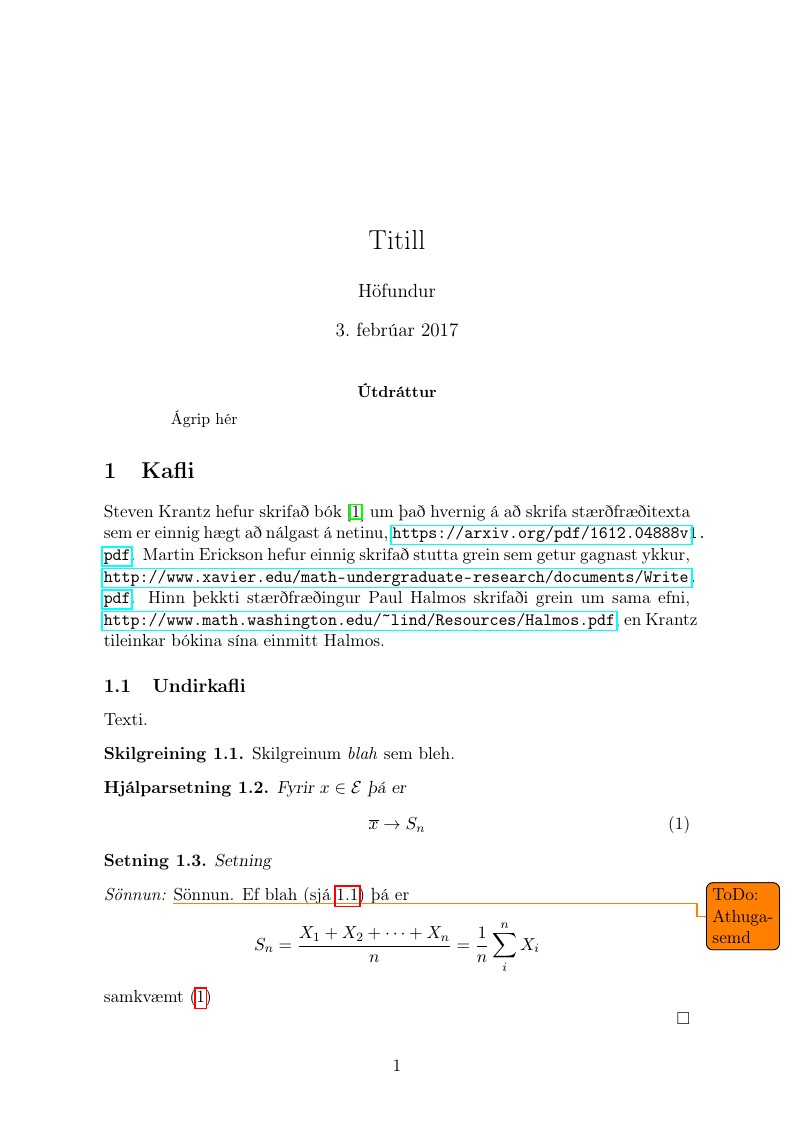
Þetta er sniðmát fyrir námskeiðið Samæfingar í stærðfræði, STÆ402G, vor 2017.

A Basic LaTeX template for the NSF GRFP Research Plan document.
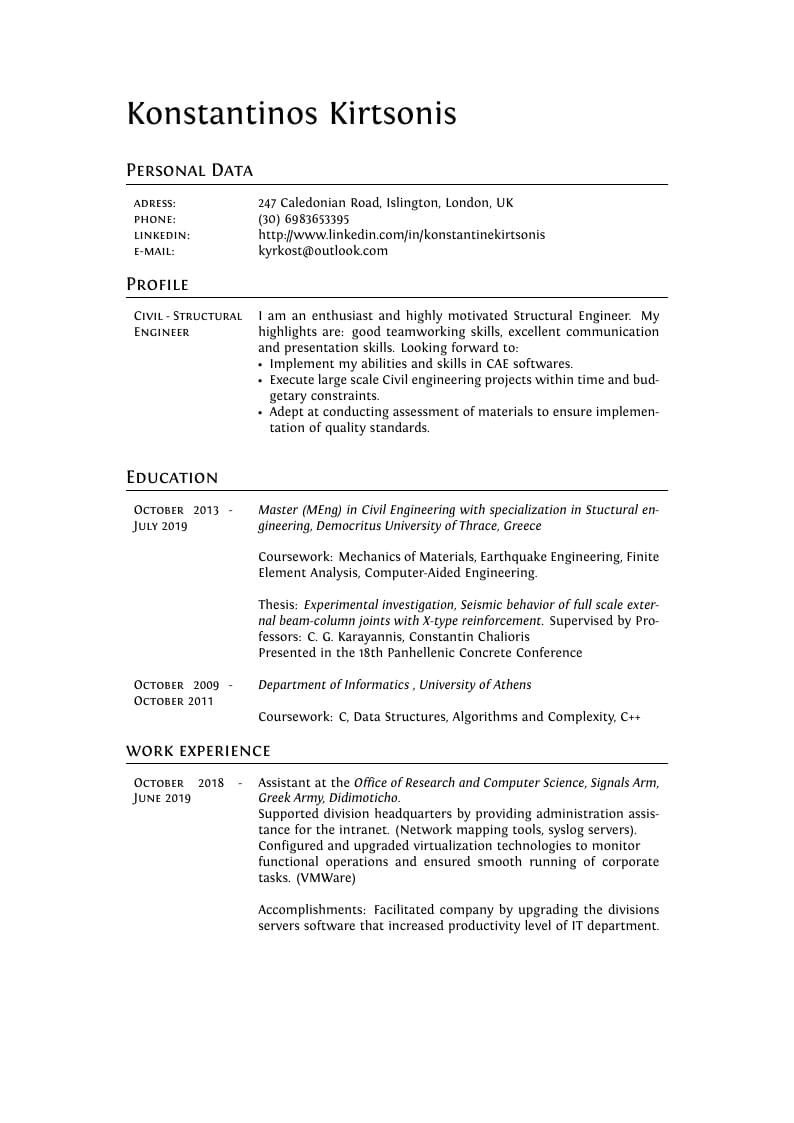
Konstantinos Kirtsonis CV

Fazeel Liaqat's Curriculum Vitae. Created with the Deedy CV template.

A LaTeX Template for Mike Morrison's #betterposter

Personal letterhead format
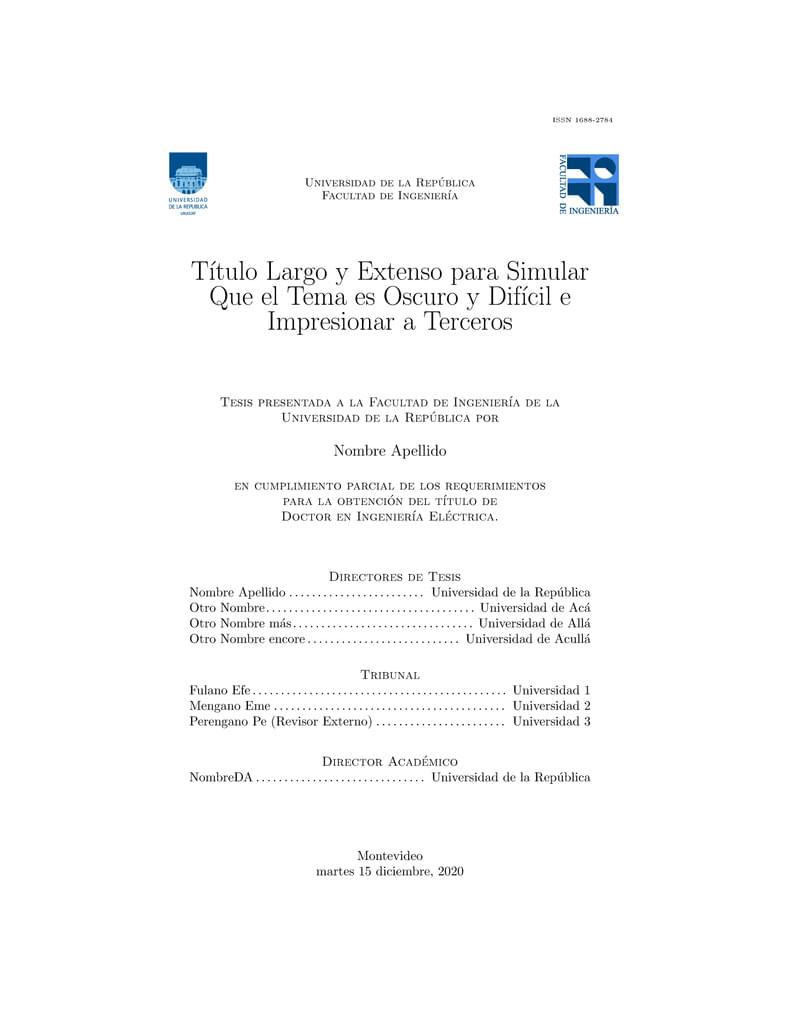
Tesis usada para tesis y tesinas en carreras del Instituto de Ingeniería Eléctrica, Facultad de Ingeniería, Universidad de la República, Uruguay